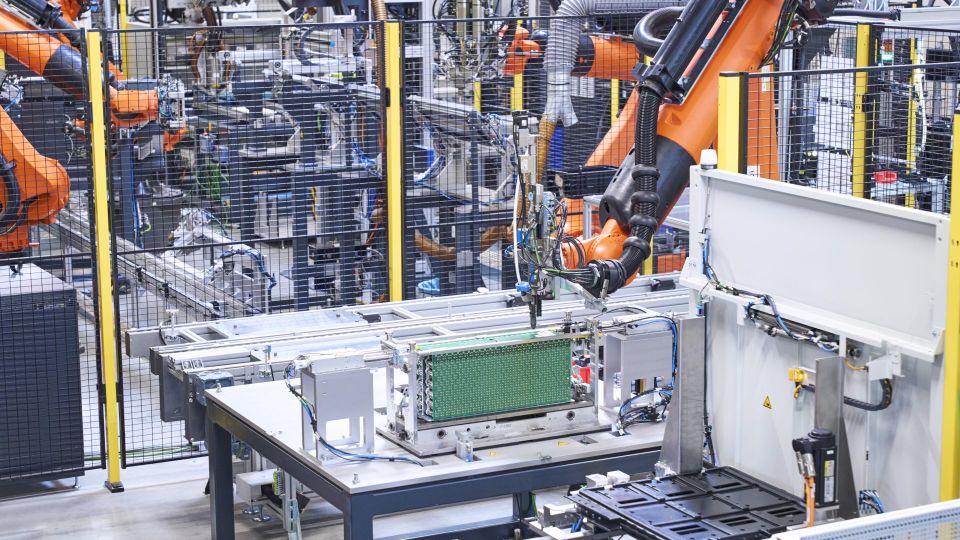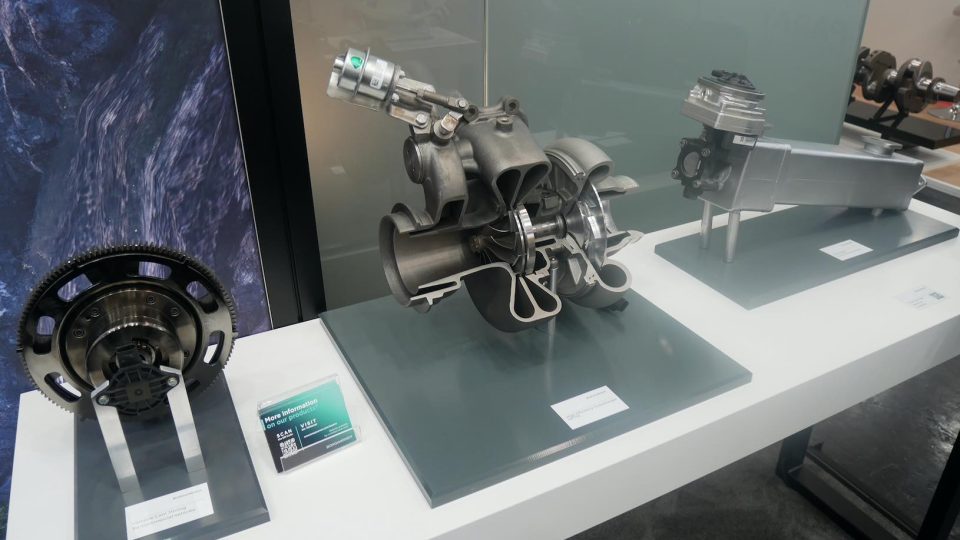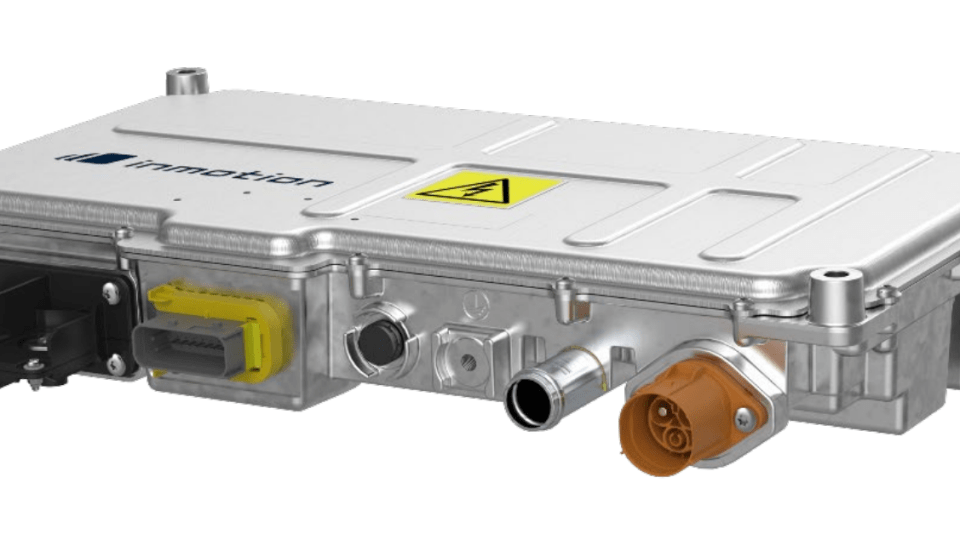Munich Airport Fire Department: fire and flame for the Panther with Allison Transmissions
The fire brigade at Munich Airport operates four new Rosenbauer Panther 8x8 vehicles. To enable the 52-tonne colossi to reach any part of the airport within 180 seconds, two Allison fully automatic transmissions were installed in each truck.
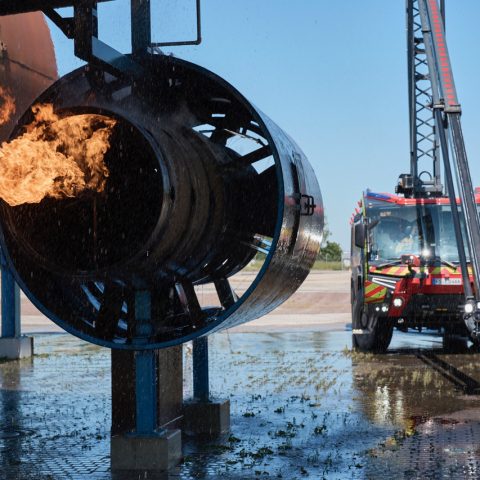
The siren wails. “Standby alarm at Munich Airport, smoke in the engine of a passenger jet on approach,” says the loudspeaker announcing the drill. The two firefighters Michael and Marco know exactly what to do now, having practiced every detail hundreds of times: they run to their fire truck, press the quick-start button as they pass, and jump into their boots and trousers. At the same time the vehicle electronics of the engines start up, the swing doors open and the hangar doors move up. Off they go with 1,430 horsepower (1,450 PS – 1,030 kilowatts) to the taxiway. Two continuously pre-heated Volvo engines and two 4800R Allison fully automatic transmissions accelerate the 52-tonne Panther to 74.6 mph (120 km/h) in seconds. Flames are bursting from the aircraft’s left engine. Highly concentrated, Michael positions the huge vehicle in extinguishing position, while Marco spreads a foam carpet under the aircraft, directs the Stinger extinguishing arm and focuses the Panther’s full extinguishing power onto the burning jet. After a short time, the flames are extinguished. Other fire engines position themselves in front of and behind the aircraft to cool the hull and start the post-extinguishing work.
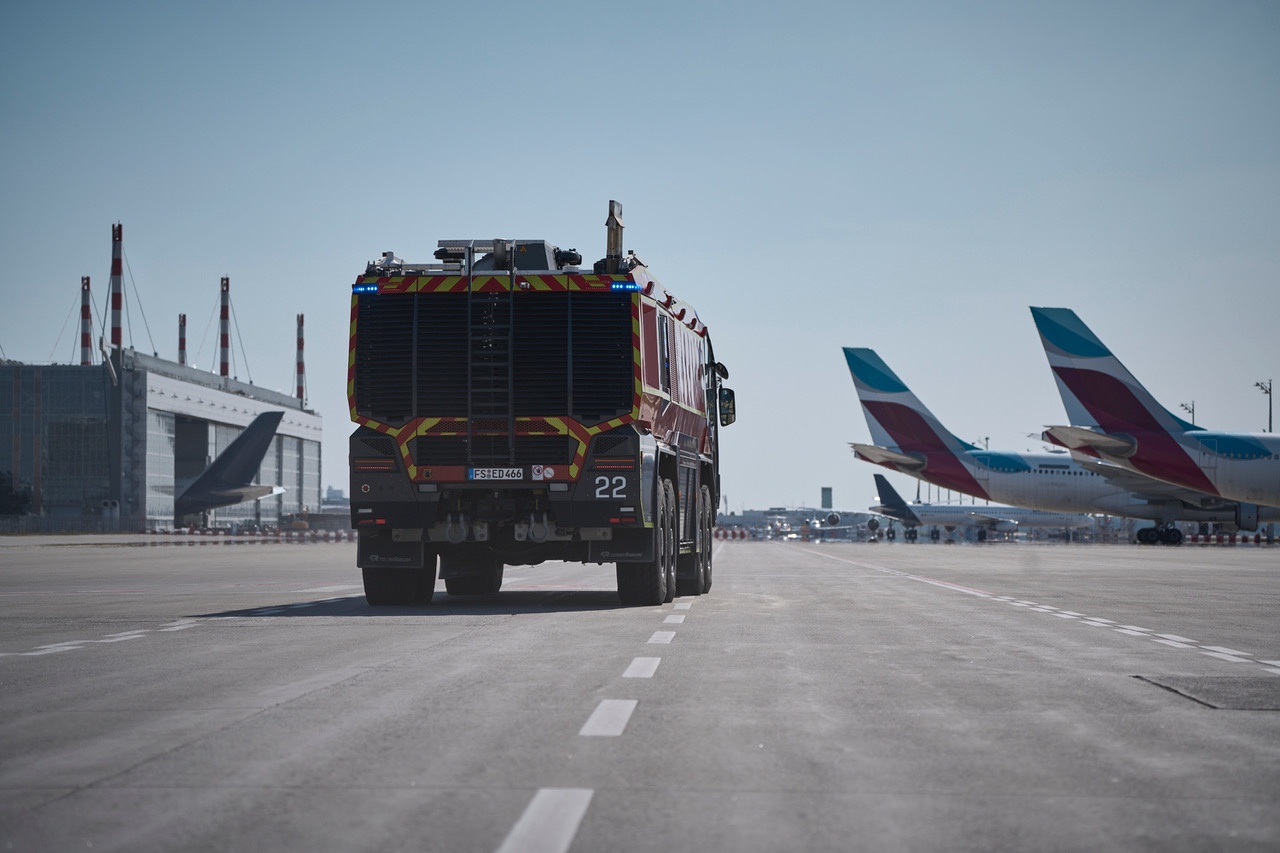
Maximum 180 seconds for approach and initial extinguishing measures. A maximum of two minutes until all extinguishing agents on board are deployed. In just under five minutes, the two young firefighters have completed their mission with the Panther. “In an emergency, precision and speed are indispensable. The Panther is currently our largest firefighting vehicle and, depending on the alarm, it is of course used as a first-strike firefighting vehicle,” says Jürgen Reichhuber, head of vehicle technology at Flughafen München GmbH’s airport fire department, describing the impressive and realistic way in which the exercise is carried out by the fire department on a regular basis.
“The Munich Airport Fire Brigade is proud of its unique training facility, its modern and innovative equipment, its highly professional team and, last but not least, its fleet of fire engines, which includes four new Panther vehicles,” says Florian Klein, Deputy Chief of the Airport Fire Department. The Panther 8x8s were put into service between 2020 and 2022, replacing older fire engines. Two of the Panther trucks are equipped with roof-mounted turrets and the other two have Stinger extinguishing arms, which enable aircraft firefighting from almost any attack position.
Following a Europe-wide tender-process, Flughafen München opted for this vehicle configuration in order to achieve maximum impact, acceleration and robustness with an increase in vehicle control and comfort for the crew. In order to be able to move the 52-tonne truck quickly and in a controlled manner at top speed in the event of an emergency, engine power and torque must be transmitted completely and without interruption of tractive effort to the eight wheels. The Allison fully automatic transmission with patented torque converter and uninterrupted full-power shifts provides superior acceleration and seamless traction.
Each emergency demands top performance from the drivers: they have to maneuver the imposing vehicle to the incident site at breakneck speed and safely and, if necessary, simultaneously start the firefighting operation. This requires perfect coordination of several completely different tasks. “In an emergency, every driver must be able to master all vehicles, including the Panther. It has been shown that operators find it extremely easy to drive and handle the fully automatic transmissions and feel very confident with them. Given the demanding nature of the equipment that has to be operated simultaneously, this is an enormous advantage. A fully automatic transmission like this is really a valuable support,” says Michael Eder, operator and driving instructor of the Panther.
“We have consistently been ordering vehicles with automatic torque converter transmissions for several years now. Now, 90% of our vehicles are equipped with fully automatic transmissions, and about two-thirds of the fleet is equipped with Allison technology. They hardly have any failures, their reliability is extremely high, and their maneuverability is very good,” says Reichhuber. “The torque converter allows the vehicle to be maneuvered very sensitively and precisely.”
The Panther vehicles represent the “royal class” among Aircraft Rescue and Firefighting (ARFF) vehicles. At 42.6 feet (13 meters) long, 9.8 feet (3 meters) wide and 13 feet (4 meters) high, their dimensions are enormous and their power is gigantic, too. The power units installed in the Munich 8×8 Panthers are two Volvo D16 Euro 6 engines with a combined output of 1,430 horsepower (1,030 kilowatts – 1,450 PS). Two Allison 4800R fully automatic transmissions with torque converter and retarder shift through quickly in the heavy vehicles and enable acceleration from 0 to 50 mph in about 20 seconds. Top speed is limited to 84 mph (135 km/h).
This twin-engine technology is required to enable the Panther to make the sprint to the scene of an emergency on the entire flight operations area within three minutes, according to ICAO (International Civil Aviation Organization) specifications.
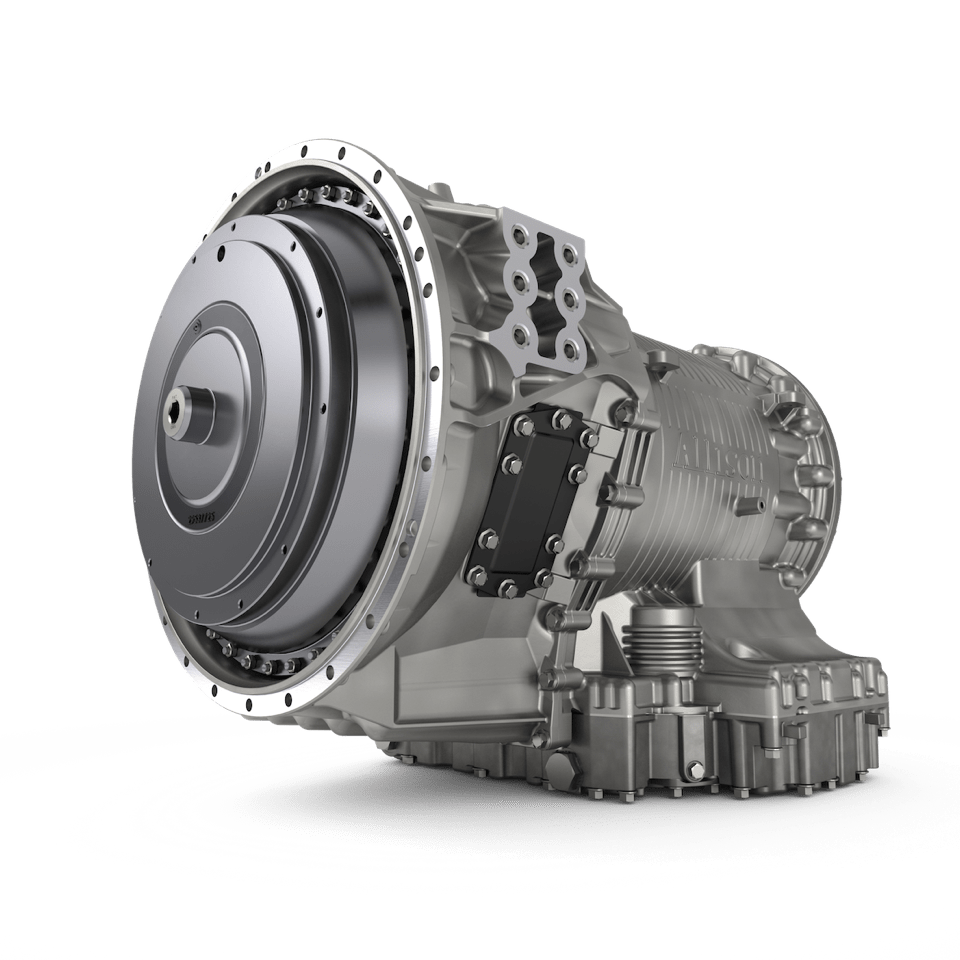
Allison Transmissions 4800
The Allison 4800 fully automatic transmission has been optimized specifically for the demands of emergency vehicles. With full-power shifting and the hydrodynamic torque converter, Allison transmissions deliver impressive acceleration performance. Allison’s torque converter multiplies engine torque during start-up and acceleration delivering more power to the wheels. There is no loss of traction during gear changes, providing a seamless transfer of power to the drive wheels and maximizing engine and transmission efficiency. The Allison torque converter transmission enables the Volvo engines to fully utilize their torque capacity. As a result, the Rosenbauer heavy-duty chassis implements uncompromising tractive power and acceleration for emergency vehicles.
See the Panther in action at the Munich Airport Fire Brigade.






